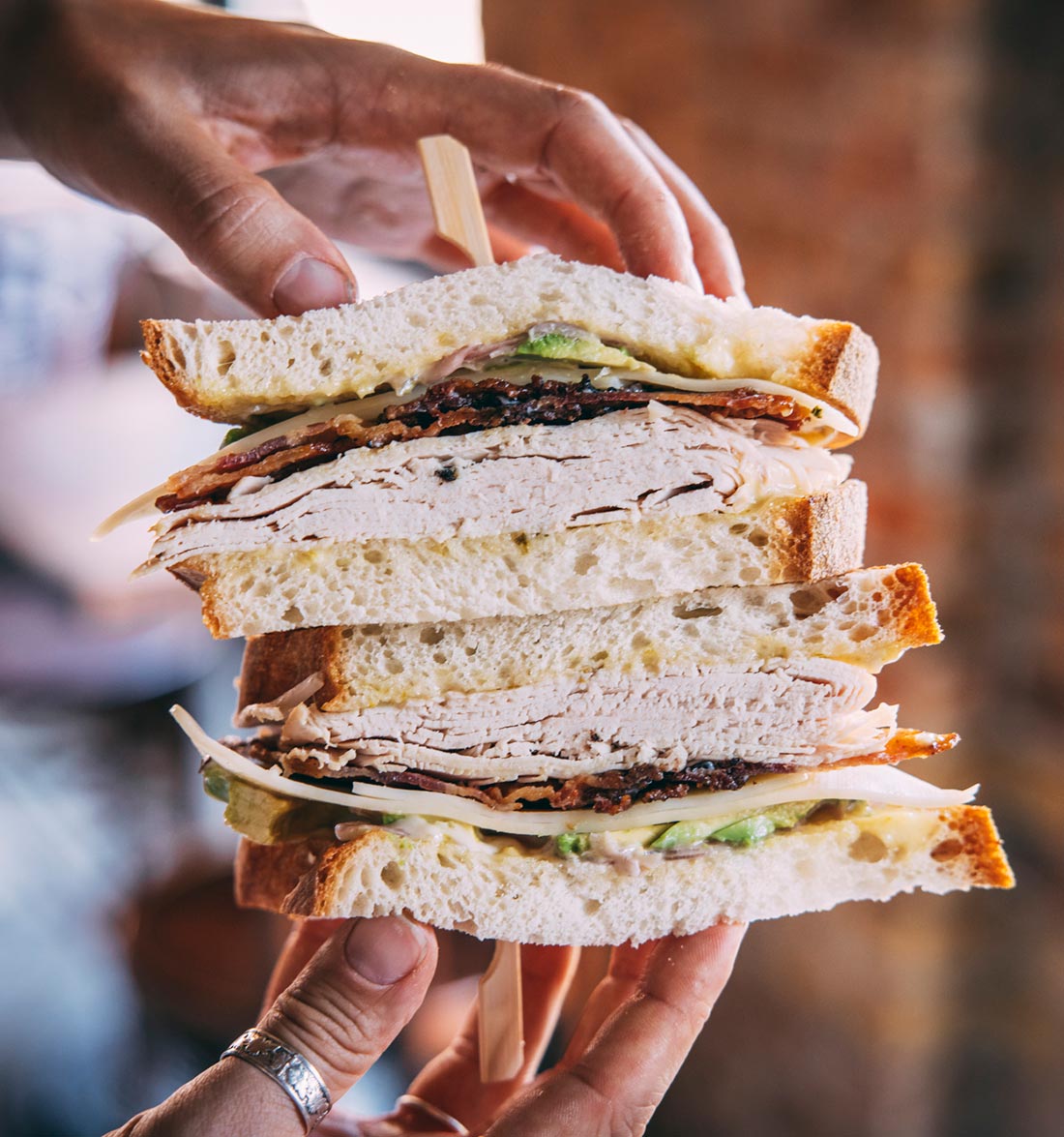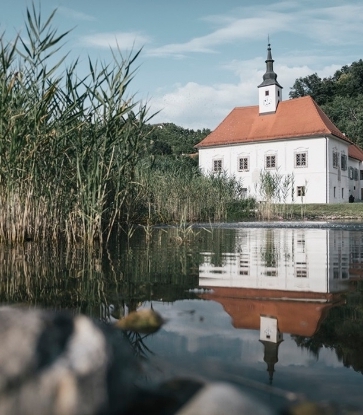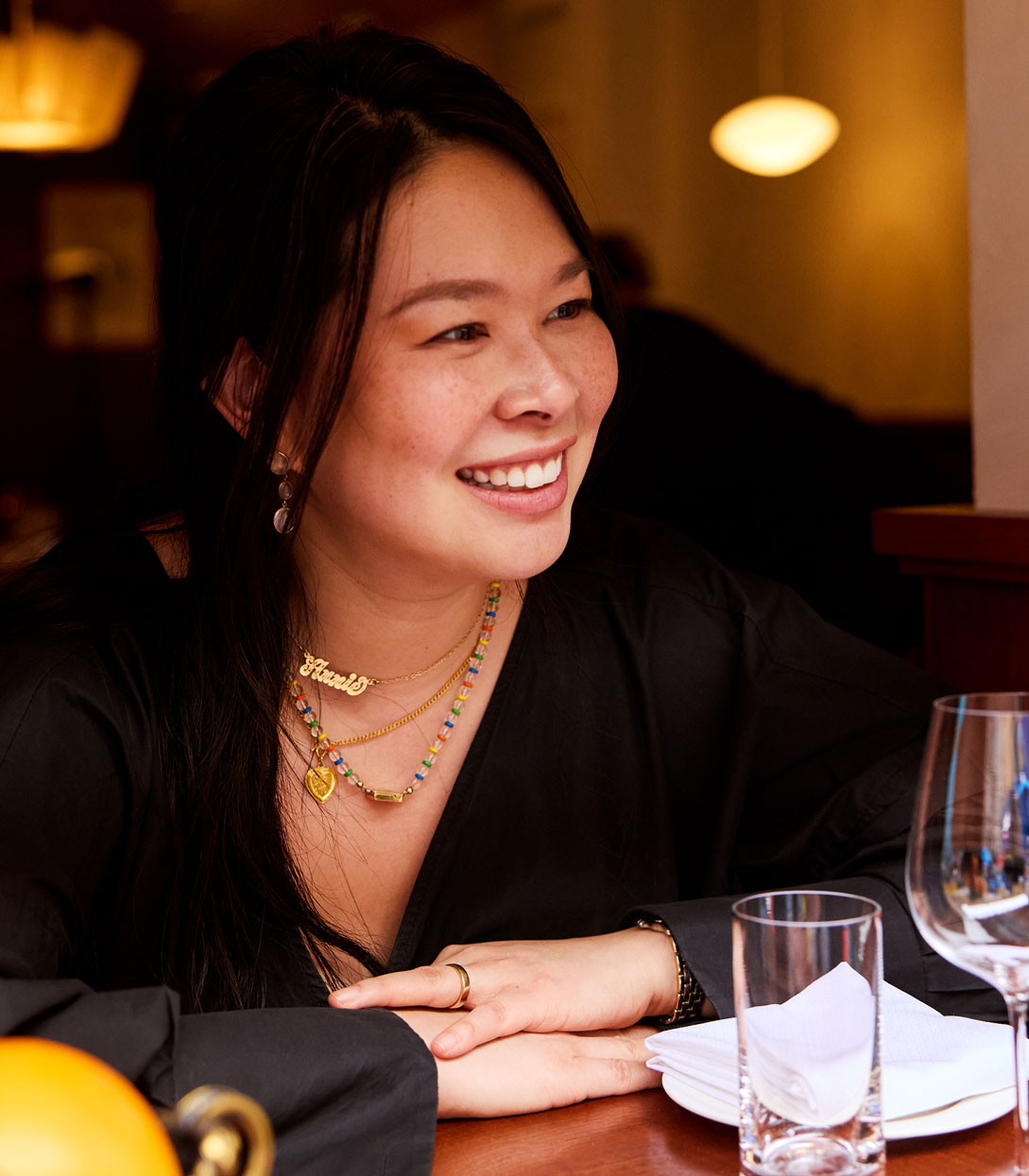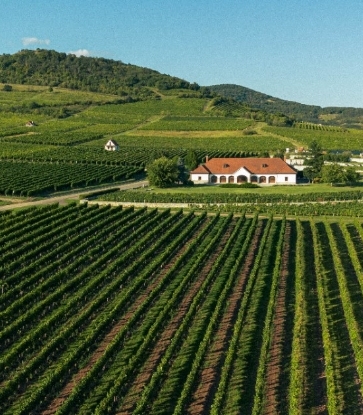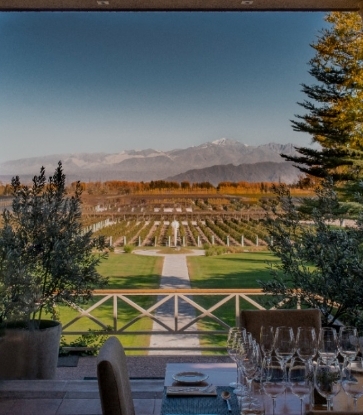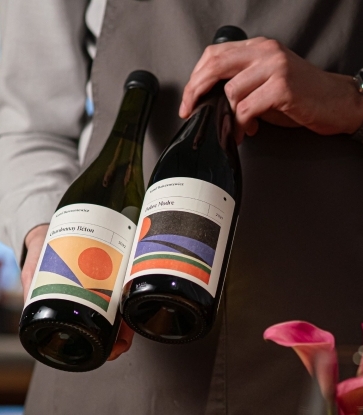Nothing signals a celebration quite like hearing the sound of a bottle of champagne being popped. Yet, despite its association with sexy soirées and chic parties, the production of the happy tipple is a time-honoured tradition by monks dating back for almost three centuries.

So how does one navigate this tricky world that treads the line between raucous fiestas and tasteful tradition? There’s no better person to ask than Frédéric Panaiotis, cellar master of Maison Ruinart, the world's oldest champagne house established in 1729. He distills centuries of savoir faire into a quick cheat sheet for you to level up your champagne knowledge.
What types of wine varietals are used to make champagne, and why?
The most widely planted grape variety in Champagne is the pinot noir, followed by the meunier. These two red grape varieties cover around 70 per cent of the Champagne region. Among the three main varieties used in Champagne, chardonnay grapes are the most rare, since they need a more specific soil type (chalkà) and exposure to thrive.
Why did Ruinart choose to use chardonnay, and how does using chardonnay grapes add to the flavour of champagne?
It wasn’t until right after World War II that Ruinart decided to focus on chardonnay. At the time, Ruinart’s owner and family member Bertrand Mure wanted a champagne that offers subtle elegance and beautiful freshness. Chardonnay was perfectly suited for this style. Ruinart has since mastered the art of chardonnay, enhancing the aromatic freshness of this variety.

Does the champagne bottle shape affect the taste of champagne, and why?
The shape of the bottle itself doesn’t really affect the taste of the champagne within. But the size - or more precisely the diameter - of the bottle neck does. Some specific bottles, like ours, have a narrower neck, limiting the exchange of gas (particularly oxygen), thereby preserving the fresh and fruity aromas for a longer period of time.
And then of course, the size of the bottle also has a major effect. For the same reason, champagne in magnums can age longer, and much slower, than those in regular bottles, making them the perfect format for long term storage. Ruinart's current bottle shape is the original bottle shape used for champagne.
Why did champagne producers start out with this shape?
The first bottles were all mouth-blown, with this particular shape. But they were also more fragile, and with the pressure building during the fermentation, they would sometimes explode in high proportion. With the industrial revolution of the 1850s, bottles fabrication became mechanized, allowing for more resistant – and cheaper – bottles. We switched back to our original shape bottle (which we had always kept for non sparkling products) in the 1990s, after reinforcing their resistance to pressure.

How much does the shape of the champagne glass shape affect its taste, and how would you advise someone serving champagne at home on what shape of glasses to use for what kind of champagnes?
If you want to enjoy the wine behind the bubbles, you should use a white wine glass or a larger champagne glass like the Lehmann Grande Champagne designed by Philippe Jamesse, sommelier at Les Crayeres in Reims. If only the bubbles matter (a shame in my opinion), the common flute would work. Avoid the large and old-fashioned coupe, which allows the gas to escape too quickly, and the aromas to dilute.
What's the optimal temperature to serve champagne, especially when consuming it in a climate like Singapore's?
Serve non-vintage champagne around 7-8°C (which means 20 minutes in an ice bucket with ice and water), as it will warm up at 9-10°C within a few minutes, the perfect temperature to appreciate it. If outdoors, I would probably serve it at a lower temperature (5-6°C) as it will warm up more quickly.
And don’t fill up the glasses, one third to half is the way to pour. Just don’t stay away too far from the source. Cheers!
Photo credit of Frédéric Panaïotis: Erwin Olaf.





